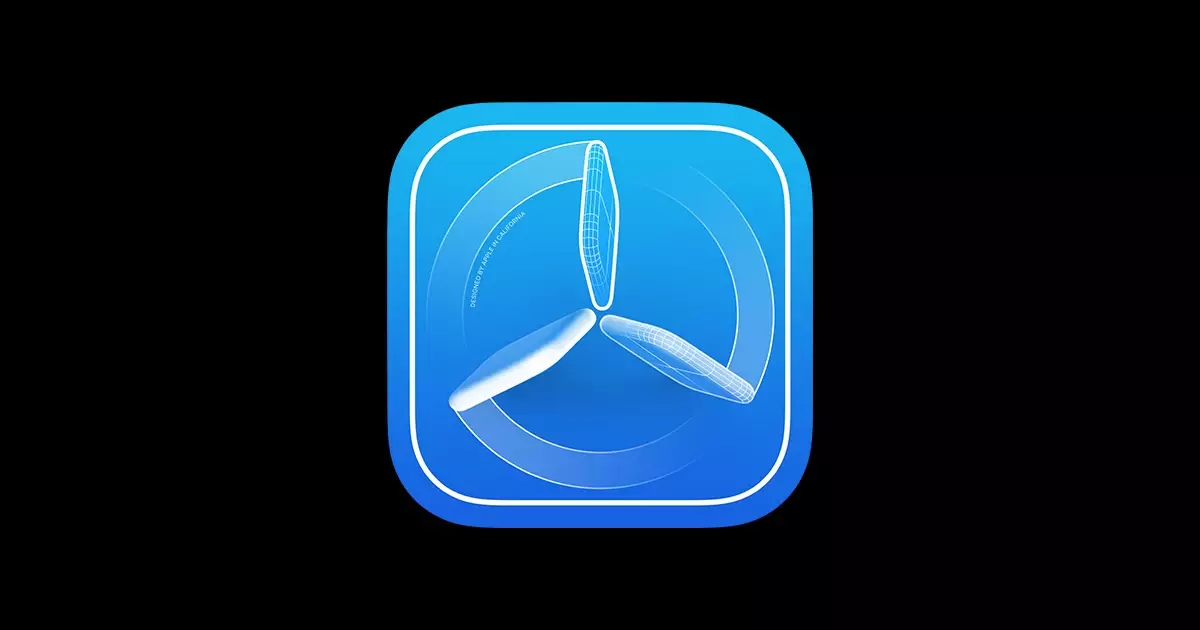Apple’s latest updates to its iOS ecosystem are setting the stage for a transformative approach to app testing with TestFlight. Designed with developers in mind, the revamped platform introduces significant enhancements that empower developers with greater control and insight. The changes, alongside the release of iOS 18, not only aim to streamline the app testing process but also enhance the overall experience for both developers and testers.
One of the standout features of the updated TestFlight is the heightened control developers now possess over beta testing. This refined control allows developers to manage who can access their app’s beta versions, making it possible to target specific user demographics or device types. With TestFlight accommodating a maximum of 10,000 testers, this focus ensures that developers can gather more relevant feedback from users who align closely with their target market. By narrowing down the pool of testers, developers are positioned to enhance the app’s performance and usability ahead of its official launch.
Analytics capabilities have also been considerably enhanced in the new TestFlight. Developers can now gain insights into key metrics such as how many testers viewed the invitation and decided to opt-in, along with data on those who chose not to participate. This level of analysis provides developers with actionable feedback, enabling them to refine their outreach strategies and make data-driven decisions. Understanding the reasons potential testers decline invites can help developers address concerns and shape their marketing efforts more effectively.
For beta testers, the invitation experience has undergone a significant makeover. The redesigned invitations now provide detailed insights into the app, underlining new features or content that may attract testers. This change not only clarifies what the beta entails but also prompts testers to engage more actively with the app, potentially boosting participation rates. Furthermore, these invitations will include app categories and screenshots, creating a familiar interface reminiscent of the App Store, thereby enriching the tester’s experience.
Apple’s enhancements to TestFlight could introduce new dynamics in the app testing landscape, especially in relation to competing platforms. Recent alternative testing marketplaces, including Airport and Departures, have been gaining traction by offering unique features like categorized app listings and visual previews. With the improved functionalities in TestFlight, including detailed invitations and targeted testing criteria, Apple is potentially setting a new industry standard that could diminish the allure of third-party platforms.
The overhaul of TestFlight marks a pivotal moment for app developers and testers alike. By offering increased control and improved analytics, along with a more visually appealing invitation process, Apple is not just enhancing its own testing platform but also arguably redefining what effective beta testing can look like. As developers adapt to these changes, the focus will undoubtedly shift towards maximizing user engagement and gaining insightful feedback, paving the way for more robust applications when they finally launch on the App Store.

